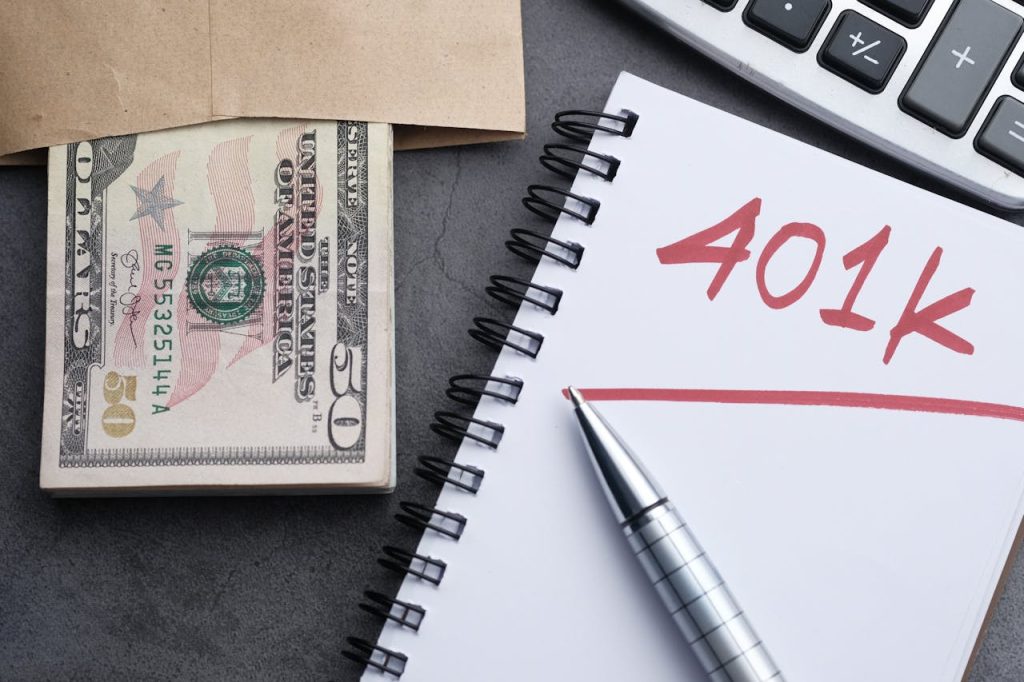
Image Source: pexels.com
Retirement is supposed to be a time of relaxation and enjoyment, but for many Americans, it’s turning into a period of financial stress. More retirees are going broke faster than ever, and this trend is raising alarms for anyone hoping to enjoy their golden years. The reasons behind this shift are complex, but understanding them is crucial for anyone planning their retirement. If you’re nearing retirement or already there, knowing what’s causing this financial squeeze can help you avoid the same fate. Let’s break down the main reasons retirees are running out of money—and what you can do to protect yourself.
1. Rising Healthcare Costs
Healthcare expenses are skyrocketing, and retirees are feeling the pinch. Even with Medicare, out-of-pocket costs for prescriptions, procedures, and long-term care can quickly drain savings. Many retirees underestimate how much they’ll need for medical expenses, leading to financial shortfalls. Planning for healthcare in retirement means looking beyond basic insurance and considering supplemental policies or health savings accounts.
2. Longer Life Expectancy
People are living longer than ever, which is both a blessing and a challenge. While it’s great to have more years to enjoy life, it also means your retirement savings need to last longer. Many retirees outlive their nest eggs simply because they didn’t plan for a 25- or 30-year retirement. To avoid this, it’s essential to regularly review your withdrawal rates and consider products like annuities that provide guaranteed income for life. The keyword “retirees going broke” is especially relevant here, as longevity risk is a significant factor in this trend.
3. Inflation Erodes Purchasing Power
Inflation doesn’t stop when you retire. In fact, it can hit retirees even harder because they’re often on fixed incomes. The cost of groceries, utilities, and other essentials keeps rising, but Social Security and pension payments may not keep up. Over time, this erodes purchasing power and forces retirees to dip into their savings faster than planned. Building some inflation protection into your portfolio—such as Treasury Inflation-Protected Securities (TIPS) or dividend-paying stocks—can help cushion the blow.
4. Insufficient Retirement Savings
Many Americans simply haven’t saved enough for retirement. Whether due to low wages, lack of access to retirement plans, or other financial priorities, the result is the same: not enough money to last through retirement. The keyword “retirees going broke” is often linked to this issue, as inadequate savings leave little room for unexpected expenses. If you’re still working, it’s never too late to boost your savings rate, take advantage of catch-up contributions, or seek professional advice to maximize your nest egg.
5. High Levels of Debt
Retirees today are carrying more debt into retirement than previous generations. Mortgages, credit cards, and even student loans are weighing down budgets that should be focused on enjoying life. High monthly payments can quickly eat through fixed incomes, leaving little left for emergencies or fun. Tackling debt before retirement—or creating a plan to pay it down quickly—can make a huge difference in your financial security.
6. Supporting Adult Children or Family
It’s not uncommon for retirees to help out adult children or even grandchildren financially. While generosity is admirable, it can put a serious strain on retirement savings. Whether it’s helping with college tuition, housing, or emergencies, these expenses add up. Setting boundaries and having honest conversations with family members about what you can realistically afford is essential. Remember, your financial security should come first.
7. Poor Investment Choices
Some retirees make risky investment decisions in an attempt to catch up or boost returns. Others may be too conservative, missing out on growth that could help their savings last. Both extremes can lead to trouble. It’s important to strike a balance between growth and safety and to review your investment strategy regularly. Consider working with a fiduciary financial advisor who can help you navigate the complexities of investing in retirement.
8. Underestimating Lifestyle Costs
Many retirees misjudge how much they’ll spend in retirement. Travel, hobbies, and even everyday living expenses can be higher than expected. This leads to overspending and faster depletion of savings. Creating a realistic retirement budget—and sticking to it—can help you avoid this common pitfall. Track your spending for a few months to gain a clear picture of where your money is going, and adjust your budget as needed.
Protecting Your Retirement: Planning Is Your Best Defense
The reality is that retirees going broke is a growing problem, but it’s not inevitable. By understanding the risks—rising healthcare costs, longer life expectancy, inflation, insufficient savings, debt, family obligations, poor investment choices, and underestimating expenses—you can take proactive steps to safeguard your financial future. Start by reviewing your retirement plan, seeking professional advice, and making adjustments as needed. The earlier you address these issues, the better your chances of enjoying a secure and comfortable retirement.
Have you or someone you know faced unexpected financial challenges in retirement? Share your story or tips in the comments below!
Read More
Why Junior’s Education Might Be Less Expensive Than Expected

Travis Campbell is a digital marketer/developer with over 10 years of experience and a writer for over 6 years. He holds a degree in E-commerce and likes to share life advice he’s learned over the years. Travis loves spending time on the golf course or at the gym when he’s not working.








